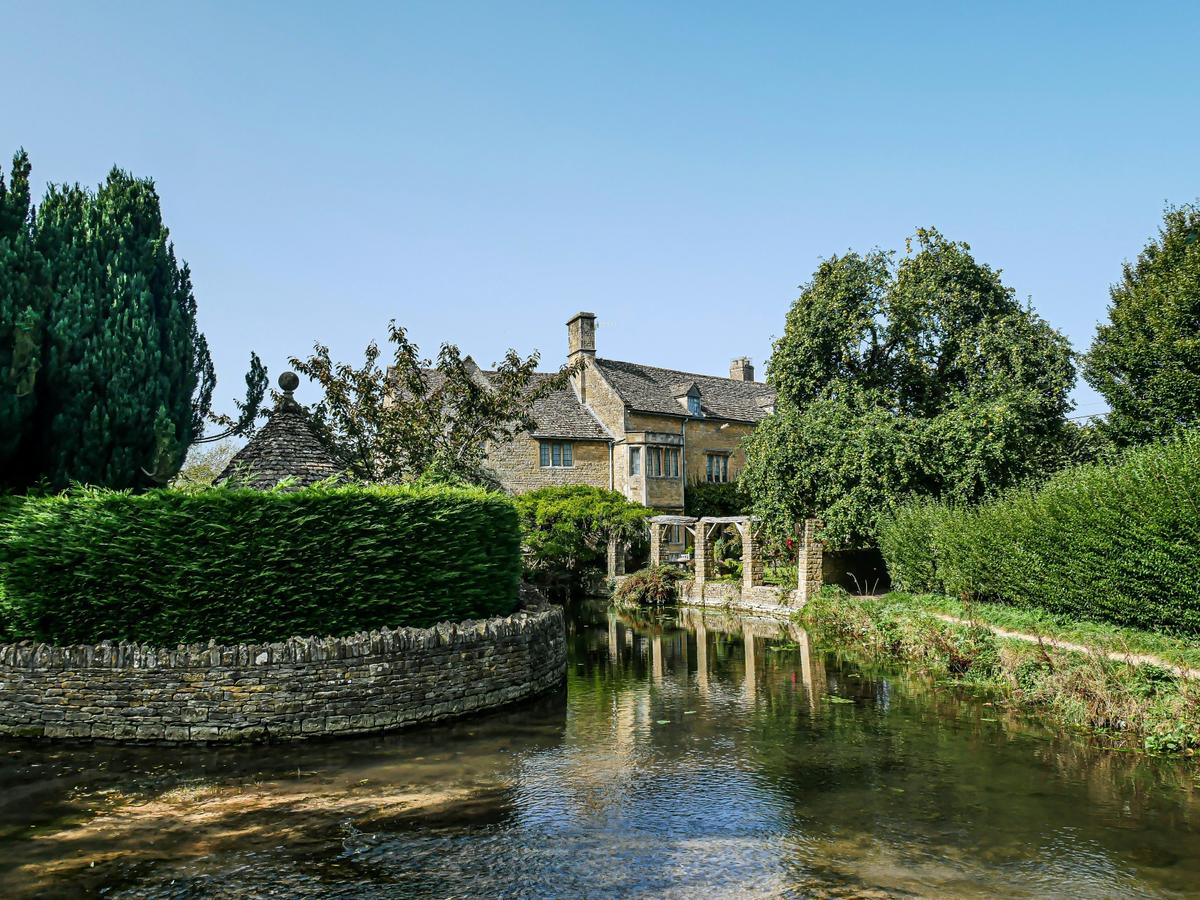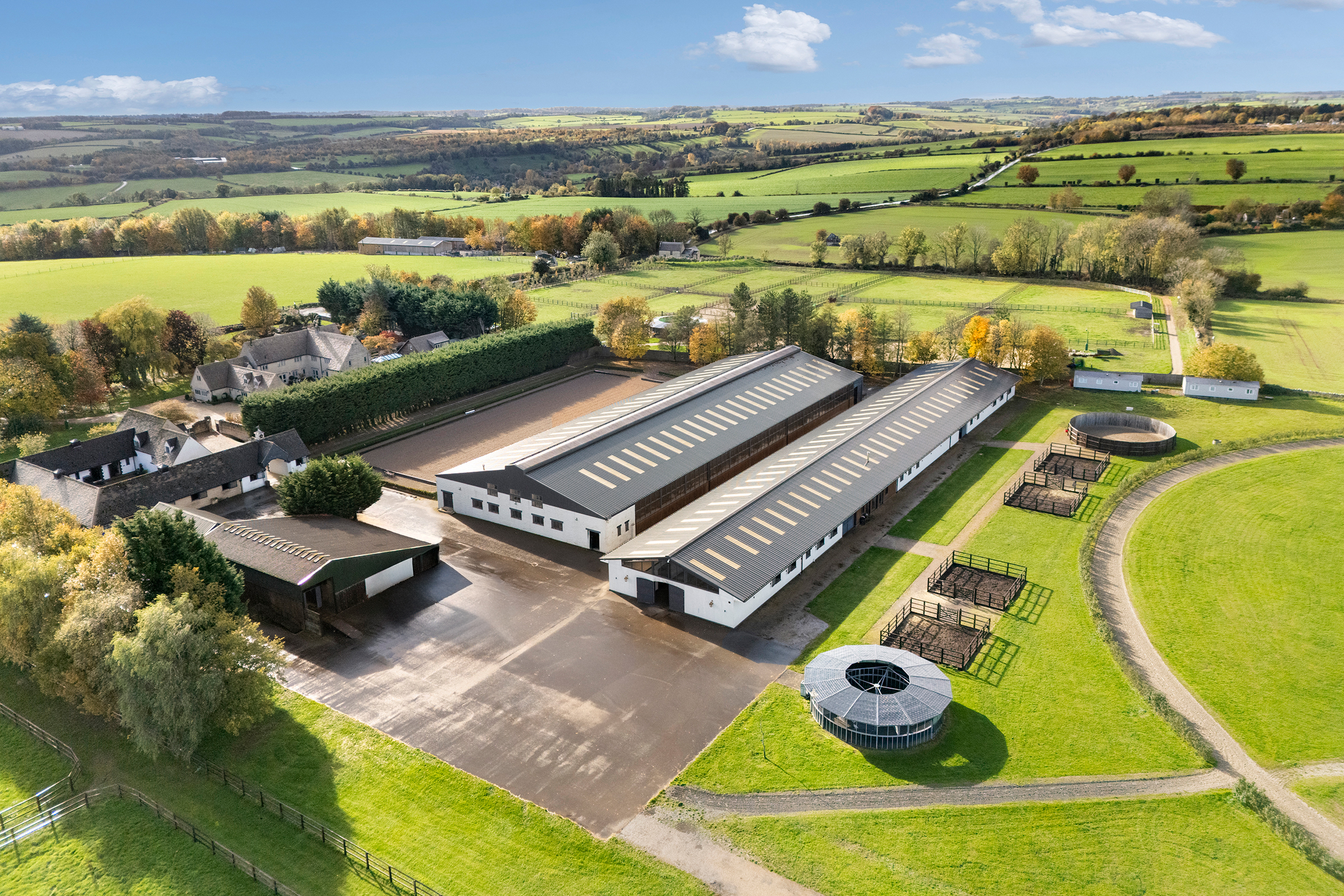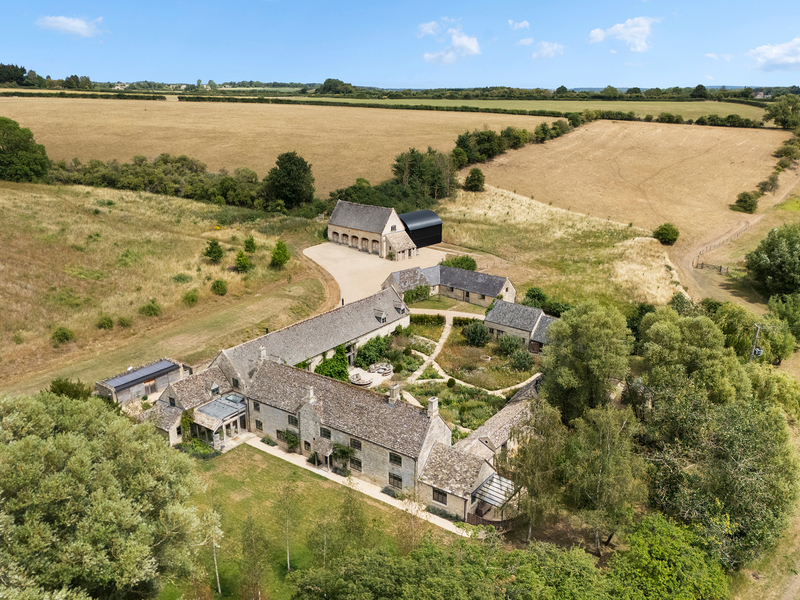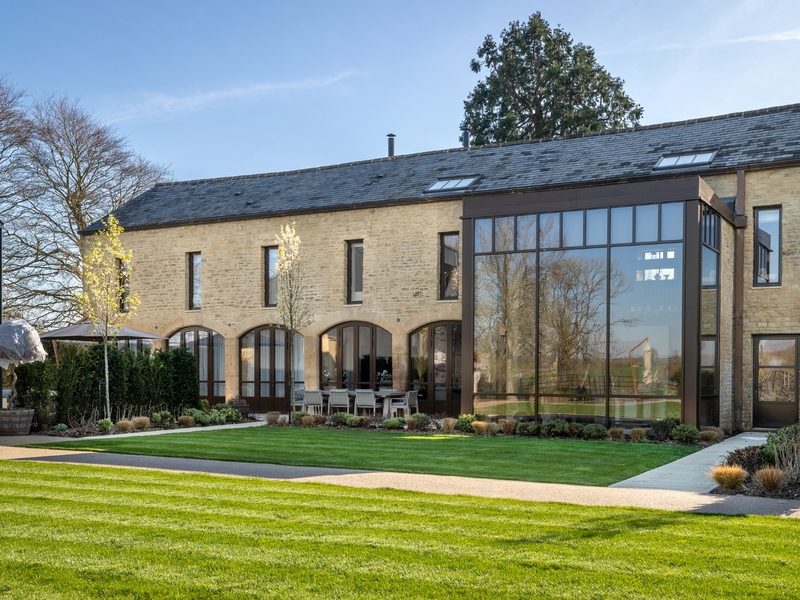The Best Places in the Cotswolds
There’s something special about the Cotswolds, a mountainous terrain that unfurls for 800 miles in south-west England. Its sheer magnitude alone is humbling, covering the counties of Oxfordshire, Warwickshire, Wiltshire, North Somerset, and Worcestershire. Further, the region’s quintessential honey-hued cottages, ancient chapels, and meandering roads are redolent of gilded towns in fairy tales – it’s not just another English countryside, but a rustic escape with the welcoming embrace of a bucolic wonderland. Read on to discover the best towns in the Cotswolds’ hills.


1. Burford
2. Winchcombe
3. Castle Combe
4. Broadway
5. Charlbury
6. Malmesbury
7. Bourton-on-the-Water
8. Chipping Norton
Naunton, The Cotswolds
- 5
- 4
- 48,762 SQ.FT.
Kitesbridge Farm, The Cotswolds
- 7
- 7
- 14,660 SQ.FT.
OX Farmyard, The Cotswolds
- 4
- 5
- 4,424 SQ.FT.
Kingham, The Cotswolds
- 3
- 4
- 2,790 SQ.FT.
OX Farmyard, The Cotswolds
- 5
- 5
- 5,027 SQ.FT.







